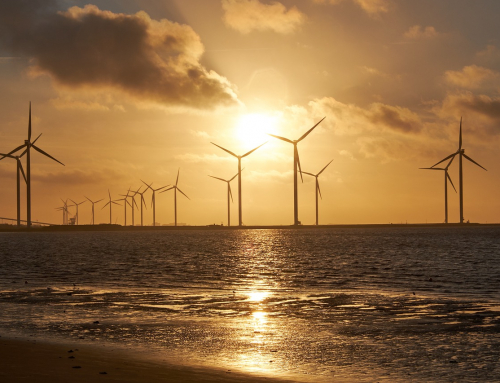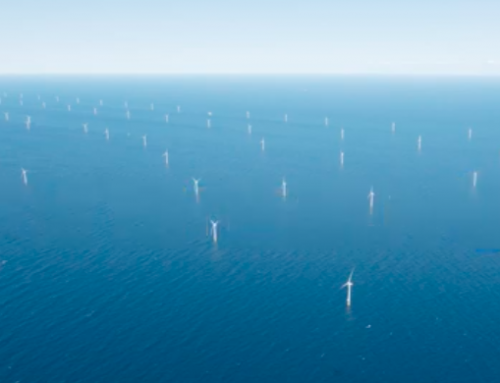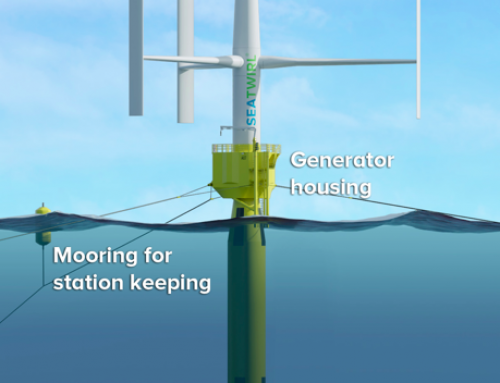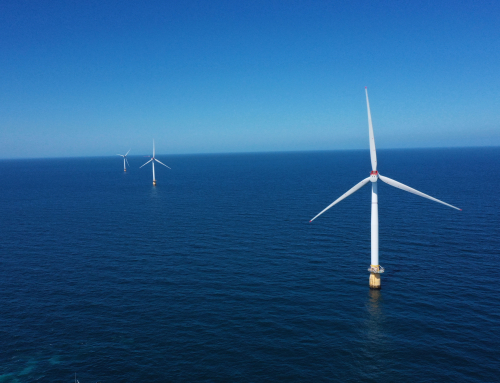By Barney Smith
Early on 25 March 2020 saw the release of the fifteenth Global Wind Energy Council (GWEC) report for 2019, almost a year since Greenbarrel reported the release of the GWEC report for 2018 in rather more settled times.
The report is the most widely used source of data on the wind energy sector for industry, governments and others. The essential message is that for the future renewables can meet an increasing share of world electricity demand. But this year’s annual message arrives to a world transformed. Just as last year climate change raced up the agenda with 2050 seeming so close, now the corona virus makes July 2020 seem so far away, at the very limit of popular vision. To judge by the newspapers, climate change, emissions, single use plastic are all of much less concern now because their impact lies so far in the future.
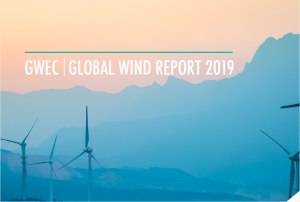
https://gwec.net/global-wind-report-2019
Wind power as an important renewable is of ever-increasing relevance, but the corona virus makes economic forecasting for the future so much harder. Twenty twenty(2020) was expected to be a record year for wind energy, with GWEC forecasting 76 GW of new capacity. However, the full impact of COVID-19 on wind energy installations is still unknown. GWEC promises to revise its 2020-2024 forecast in the light of the potential impacts of COVID-19 on the global economy and energy markets, and to publish an updated market outlook in Q2 2020.
But in a sense, we should not put the cart before the horse. While admitting that what is new this year is the unprecedented unpredictability of 2020, we need to recognise that the annual CWEC report is designed to look back at the past year, rather than to look to the future. In 2019 60.4 GW of wind energy capacity was installed globally, a 19 per cent increase from 2018 and historically the second-best year ever for the overall increase in wind power. Global capacity for wind energy is now over 651 GW, which is the equivalent of some ten per cent of total world demand for electricity.
In 2019 China and the USA remained the world’s largest onshore wind markets, together accounting for more than 60 per cent of new capacity but the report also notes that the year has seen a considerable increase in off-shore wind capacity (6.1 GW), perhaps a sign for the future. China installed more off-shore wind in 2019 than any other country (2.3 GW) but in this niche area the UK remains the world leader in terms of overall installed capacity, and also holds second place in terms of new projects installed in 2019. Germany is in third place for additional capacity brought on stream last year.
In spite of the recognised uncertainties, the report also focuses on the future prospects for windpower when it is both mainstream in terms of energy generation and part of the transition away from fossil fuels. In a section written before the current crisis, the emphasis is on clean energy growth, coal phaseout, the reduction of emissions and the mobilisation of investment to power the future low-carbon economy. The report also suggests that emerging technological solutions such as hybridisation (the integration of wind with other renewables, storage and transport) and green hydrogen may open new opportunities for the industry.

